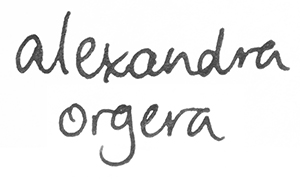Camera Obscura
The Portable Camera Obscura is a single-day exhibition that will travel to four different outdoor locations in Philadelphia during 2018. Free and open to the public for exploration, the exhibition will consist of a temporary “room” constructed of PVC and blackout fabric that can be entered by viewers.
Completely dark except for a small hole in one of the panels, the room will appear empty until the viewers’ eyes adjust, and then slowly reveal the view of the outside world projected on the wall across from the hole. Through the “magic” of optics, the image will appear upside down, but its reality will be apparent. Once adjusted, the participants can remain in the room and experience life moving outside of them from the perspective of the camera.
In this digital age of distraction, we are met with fewer and fewer opportunities to engage with the world around us in real time. The goal of The Portable Camera Obscura is simple: to encourage members of Philadelphia communities to be present in their environment, observing their surroundings through the active “seeing” that the camera encourages.
The project idea emerged from an earlier project that I co-produced at Fleisher Art Memorial in 2016. In partnership with another artist, Vita Litvak, I turned a small gallery into a camera obscura by blacking out the windows with the exception of a small hole projecting the outside view onto the opposing wall.
Though the view was simply a residential block with the typical cars and people passing by, the gallery viewers were fascinated. Every time some small event occurred outside, they would comment, “Wow, it’s a car driving by!” or, “Hey, that’s a person!” No matter how trivial, each event was perceived as a small miracle when viewed upside down and projected on a wall in this manner.
Reflecting on the reactions to the exhibit, I started to wonder what made these everyday experiences more exciting in this form than by mere observation. Was it the removal of distraction? The concentration that develops when one is in a dark place with only one view?
What would happen if I could bring the experience of the camera obscura out of the gallery or institution and into the communities in which we live, work, and play? What would participants see?
To assess the outcome, participants will be encouraged to share their experiences both in real time and using social media. A stack of post-it notes with the question, “What did you see?” will be available for participants to write on and post on an outer wall of the obscura. Viewers will also be encouraged to share their reactions on social media platforms such as Facebook, Twitter, and Instagram using the hashtag #ObscuraPHL.
Through these exchanges, I hope to foster dialog about the experience of seeing as well as a new appreciation of the spaces we inhabit together.
The Portable Camera Obscura is made possible by a grant award from the Philadelphia chapter of The Awesome Foundation. Many thanks for your support!

